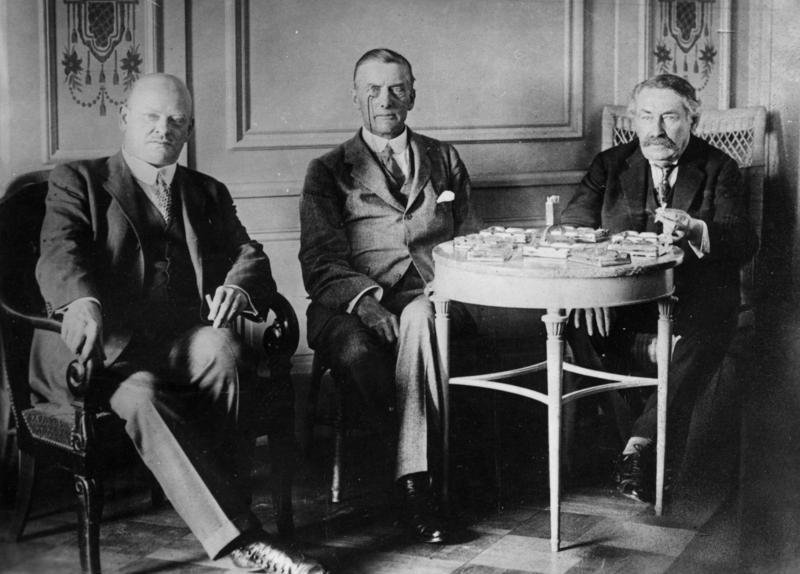The Locarno Treaties, signed on December 1, 1925, marked a significant step in European diplomacy after World War I. These treaties were a result of the efforts made by France, Belgium, and Germany, with Britain and Italy acting as guarantors, to secure post-war territorial settlements and normalize relations with defeated Germany.
One of the key achievements of the Locarno Treaties was the establishment of clearly defined borders between Germany, Belgium, and France. This helped to alleviate tensions and prevent future territorial disputes that had plagued Europe for centuries. By delineating these boundaries, the treaties aimed to create a sense of stability and security in the region.
Another crucial aspect of the Locarno Treaties was Germany’s agreement to demilitarize the Rhineland. This was a significant concession from Germany, as the Rhineland had been a contentious area due to its strategic importance and proximity to France. By demilitarizing the Rhineland, Germany demonstrated its commitment to peaceful coexistence and the avoidance of future conflicts.
The signing of the Locarno Treaties was hailed as a symbol of reconciliation and hope for lasting peace. It represented a shift in diplomatic strategies, moving away from the hostile postures of the past and towards cooperative diplomacy. The treaties laid the foundation for future diplomatic efforts in Europe and set a precedent for resolving conflicts through negotiation and compromise.
The significance of the Locarno Treaties in European history cannot be overstated. They not only provided a framework for peaceful relations between Germany and its neighbors but also served as a model for future international agreements. The treaties demonstrated the power of diplomacy in resolving conflicts and promoting stability.
References:
- Smith, S. A. (2002). The Locarno Pact. Palgrave Macmillan.
- Watt, D. C. (1995). How War Came: The Immediate Origins of the Second World War, 1938-1939. Vintage.

